by Adam Rothstein
Living in Portland, one comes to appreciate a certain utopian quality of life. Bike lanes wrap around you like the handknitted scarf your roommate knitted you for your birthday. You can’t walk five blocks without stumbling into a nest of food carts, a wifi-equipped coffee shop, or a piece of land that now has both. The screen printing here is of a quality to rival the organic cookery. And, your local Occupation is the largest, most dedicated, autonomous, libertarian Occupation in existence.
I know: who really wants to analyze T-shirt printing, when the subject that is on all of our lips is Occupy Portland? I jest, of course, being fully aware of the real priorities of the majority of the city. But still, even if you have never given a half-eaten serving of poutine for the Occupation and its participants, you should know about some of the differences between the Occupiers in your fair city, as opposed to the rest of the country. So wipe that gravy from the corner of your mouth, and let one of the great unwashed give you another Northwest talking point to write home about, before you have to hear it from the Independent Film Channel.
On January 17th, I, and a small cadre of the most media-savy Occupiers in Portland traveled out to DC for an event entitled “Occupy Congress”. This was the first nationwide convergence of Occupations, and a chance for folks from San Diego to Chattanooga to get together and meet for the first time. Expectations were all over the map: perhaps this would be a massive event, or perhaps very few people would show. There might be very tame actions, like a rally, or perhaps an attempt would be made to camp on the steps of the Capitol. But, it was certain that there would be a meeting. Occupiers that had only read each other’s tweets or watched their far-afield compatriots on a Livestream channel would finally meet face to face. The event, you might say, was less Million Man March, and a lot more hang-out-with-my-friend-from-the-Internet.
And so it went. Awkwardly, we all got together. Occupy Portland assembled for a massive general assembly next to Occupy Houston. Occupy Raleigh stood across a large circle from Occupy Wall Street. Occupy DC, our hosts, stood with Un-Occupy Albuquerque. And we sized each other up.
To break the ice, we did the things we knew we all liked to do–we marched without a permit, prepared food, tussled with the police over where we were allowed to stand, we Livestreamed ourselves, and talked, and then talked some more. And then we all went home after exchanging cell phone numbers, so that we could all “do this again really soon.”
No doubt, we all left with our own superficial first impressions. But I have to say, I was shocked at the difference between Portland and all of the other Occupations. This was the East Coast, after all. Wall Street, where it all got started, was separated from the capital by only a drive of mere hours, as opposed to the days I spent in a car. Boston, Philadelphia, Atlanta–the seaboard is lined with Occupy towns. There is a sense, in the way that people talk about Occupation cities, that the West Coast is second tier. Sure, Oakland can really throw a strike, and all of us together can even shut down a few port terminals. But on the East Coast, things are more serious. Their networks are tight. From the way that the Atlantic city Occupations are mentioned with awed tones, Interstate 95 is abuzz with Occupiers, flitting up and down the coast.
What I found at this convergence was a level of maturity far below Portland. I don’t mean that the people themselves are immature. On the contrary, they are the same intelligent, dedicated, highly skilled folks of all ages and backgrounds that have gathered to dedicate themselves to changing the world outside the systems that fail us again and again. The difference between an Occupier from Portland and a Occupier from Alabama is little. The difference is in the Occupations themselves.
The telling moment was during the march that visited the Capitol, Supreme Court, and White House. The words I heard from the mouths of a native DC Occupier: “This is the biggest Occupy march I’ve ever seen.” Really? This is it? The march was not small–maybe two thousand people. But there was a similar amount at one smaller march against Police Brutality in Portland. Not to mention the numbers that came out for the defense against the Chapman and Lownsdale park eviction, or the very first rally. It seemed an odd statement. But then I considered it–while New York has had a few events with that many people, and Oakland famously drew out over 20,000 for their general strike, the outstanding feature of many Occupy event has not been the numbers, but the distribution. We are not so many, so much as we are in many places. We are committed, even if we are not dense. We have a great number of sympathizers, but the core Occupiers are spread out like a blanket across the continent and the world.
Until, of course, this event brought us all together. Now, with these Occupiers in close proximity, the other differences began to emerge. The DC facilitators seemed unsure how to proceed with such numbers. It appeared, merely from my outsider’s impression of course, that certain core organizers were used to–through the social recognition of their commitment by their fellow Occupiers–being able to easily direct the course of events when needed. Of course, all Occupations are leaderless; but here, it seems the do-ocracy element, in which those who do are the ones who set the example for others, was a little bit more ingrained. There were “ringleaders”, who used their renown to help them guide others.
In Portland, we, from the beginning, have been confronted by large crowds. Crowds, as one might expect, have a tendency to be unpredictable. We’ve always drafted many volunteers into Peace and Safety roles, for the purpose of aiding communication. We learned early on that sometimes one must let the crowd make its own decisions, by appealing to individuals to make a choice via hand signals. We emphasize that everyone is an autonomous individual, and we encourage affinity groups to work together before hand to decide their own level of activity, so there are fewer surprises and last minute decisions for everyone. Through our large marches and actions, we’ve quickly evolved to being able to work effectively at any size by making sure all of our participants can differentiate their individual autonomy from the will of the critical mass, reserving their autonomy, while at the same time coalescing into the mass. Converting the former into the latter without reducing the one into the other makes a successful action, and it is how we manage to take the streets in a peaceful and yet confronting way.
In DC, on the other hand, the organizing elite–though they are only marginally elite–seem to have been relying on this ringleader privilege too heavily. When they tried to convince marchers to leave the front of the White House and return to the Capitol, their cajoling via promises of pizza back at the rally point went unheard by marchers from out of town who wanted to continue to protest. And yet it wasn’t entirely ineffective, because little by little, people left the protest and walked back on their own, slowly dwindling the rally at the Presidential Mansion to nearly nothing. This was a tactical error, and had the police been looking to crush the protest, this would have left an enormous vulnerability by removing the critical mass in the street. If instead, they waited until the critical mass consensus was ready to leave, or perhaps mic-checked and temp-checked in order to gauge it, the march could have gone back as a group. The misstep was slight, but it showed a lack of an ability to work with a crowd in a leaderless fashion that has been common knowledge in Portland for months.
After noticing this, I tried to think about what it might be that differentiates Portland from other Occupations. It is widely known that Occupy Portland has organizational differences from other cities. Occupy Wall Street spends much of its time debating what to do with its money. One person from New York asked me if it was true that we’d escaped this problem by not dealing with money. I explained that wasn’t exactly true–what we’ve done is created a separate organizational council for only dealing with money. By separating this contentious issue, the rest of our organizational structure is free to deal with wider movement plans and doesn’t get bogged down in micro-management. Was this merely a wise decision we happened upon? Or is it an effect of some larger difference?
Our method for dealing with money is due to two factors, in my opinion. The first is that we had an episode in which money was mismanaged, and taken by some individuals given too much trust with it. This was the impetus for the sequestering structure we devised. But the way we came to this decision, and the constant consensus that such a separation be reinforced, comes from a more systemic distrust of over-unification we harbor in Portland.
Portland, and the West Coast overall, is very anarchistic/libertarian, and autonomy is one of the top values of the Occupation here. Many individuals at Occupy Portland are wary of anything that attempts to speak for “everyone”, whether this be individuals acting as spokespeople, statements of purpose, or organizational structures that do not allow for individuals’ autonomy to be safeguarded. When it came to the issue of money, there were many people who believed that we shouldn’t deal with it at all. So, to deal with the inevitability that there will be some money in play at Occupy Portland, we made a structure that rigidly controls how committees can deal with money, and gave it its own autonomy, to therefore give autonomy in return for other groups to work outside of that structure. By consciously allowing the movement to separate into facets based upon its different strategic goals, we eliminate potentially redundant fractures while maintaining individuals’ autonomy. We like to allow any sub-divisions their own separate latitude for defining themselves according to how their members see fit, and thereby bypass any urge for one element to “turn against” another.
It has become a standard caveat, when anyone is announcing some sort of group plans, to say “but every individual should decide their own level of participation autonomously,” and it is often recited in a tired voice, like a legally necessary waiver. But I think this is a very important strategy-check. In Portland, we’re used to this little bit of anarchism that makes us verbally check anything that might infringe upon autonomy or the spirit of consensus and therefore, this overriding principle has been one of our key strategies. It allows people of all political stripes to feel included, and to take part at whatever level of participation at which they are comfortable. We don’t need to be “fully committed organizers” who have earned a bit of celebrity from the crowd, in order to be effective. We don’t need to adhere to a “party line” in order to join the structure. It is a very effective strategy to maintain our self-effacing deference towards consensus. Consensus which is not group will–too easily defined by a vocal minority–but as the constant recognition that we are all individuals. We know from experience that without every individual feeling equally included, we are nothing more than a banner without people to carry it. And so, this has become our banner, and primary organizing principle.
This allows those who have apprehensions about some aspects of the movement to still dedicate themselves to it wholeheartedly, without feeling as if they are being forced against their own will. I have my own less-than-favorite aspects of Occupy Portland, but I know that if I focus myself on the parts that I like, I can do so without my individual efforts being co-opted into something I don’t agree with. If anyone ever asks me why I’m a part of Occupy Portland, I respond by mentioning those aspects I choose to take part in. As in any society, there will always be aspects with which we personally disagree. But we have hard-coded that into the structure of Occupy Portland, and we are forging ahead, full steam.
I had thought that all Occupations were just like this, but what I found out in DC is that it isn’t necessarily so. I’m sure that it is uniformly different, either. I imagine that given the opportunity to delve into the structure of any Occupation, I could find this spirit of autonomy in existence in some degree and quality. It is just in Portland that we’ve let it be one of our most defining characteristics, and have changed our local Occupation for the better.
So the next question that came to me when reflecting upon this in DC was: how can we export this feature? How can we teach what we’ve learned to other Occupations? It cannot be a one-way street, of course. Other cities have things to teach us as well. I also might have misinterpreted it. One busy day’s worth of observations cannot take the place of detailed study and conversations with other Occupations. This is the sort of impression that has to be double-checked. Additionally, it may be merely happenstance that has caused this focus on autonomy at Occupy Portland to take the foreground, and isn’t so much a leap of insight, as a stroke of luck. The real intelligence will happen when we can replicate this effect somewhere it did not form organically.
Until that time, Portlanders, rejoice! You have one more reason to convince your friend from college to move out to rent a house with you. No, they won’t find a job–but they can be part of an Occupation with autonomy safeguards baked into its core.

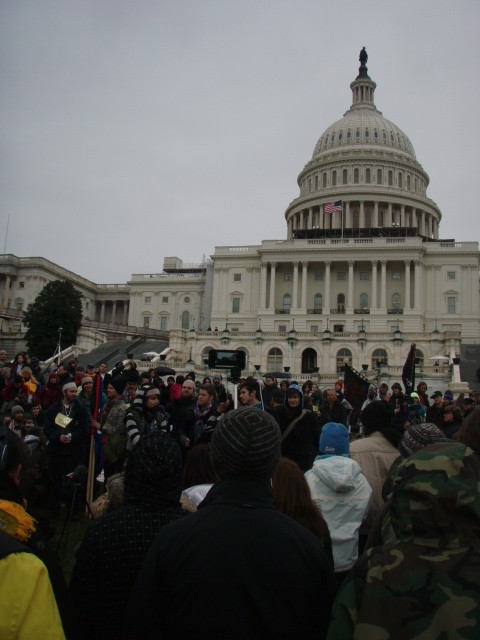
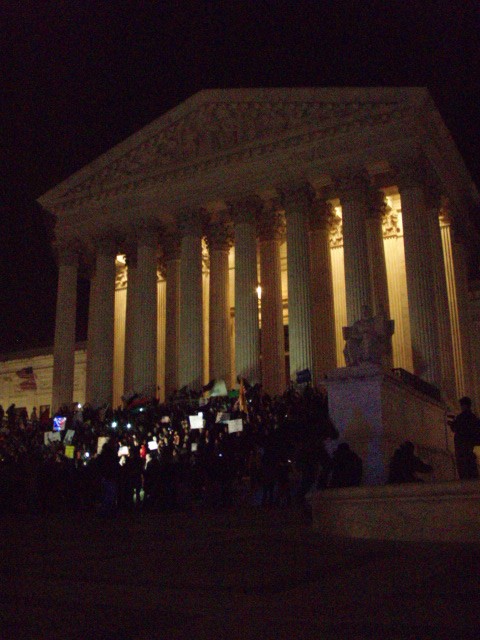
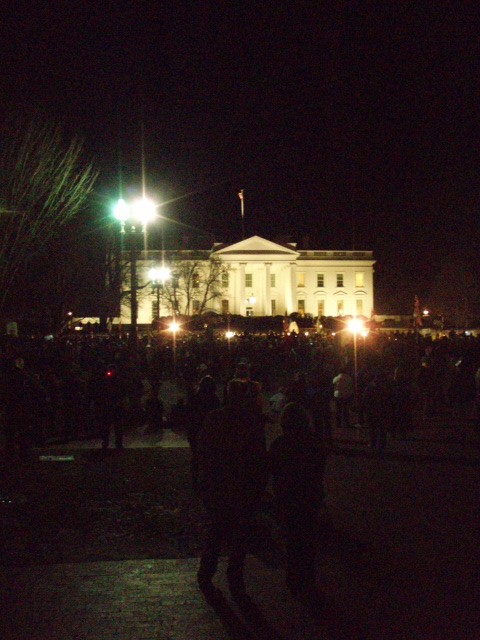
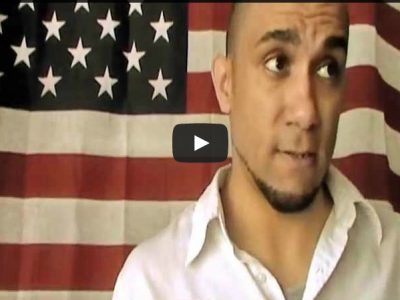
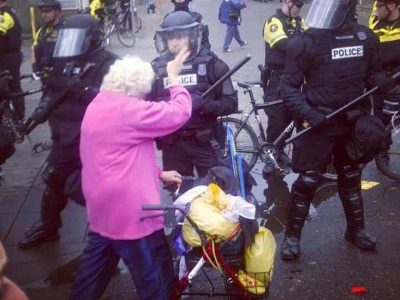
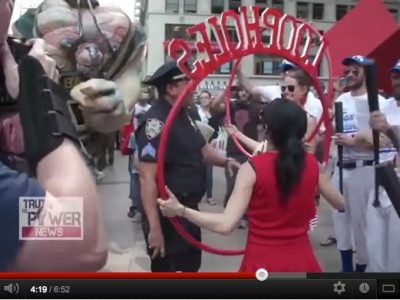
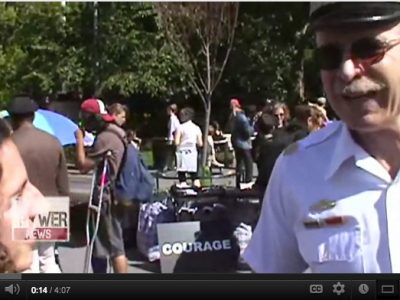

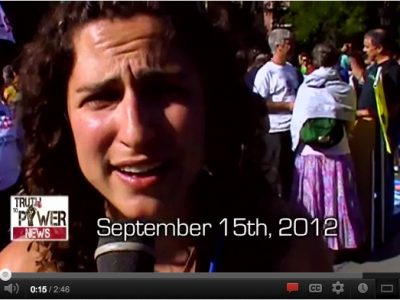
9 comments for “Does Occupy Portland Lead the Occupations in Autonomous Organizing Experience?”